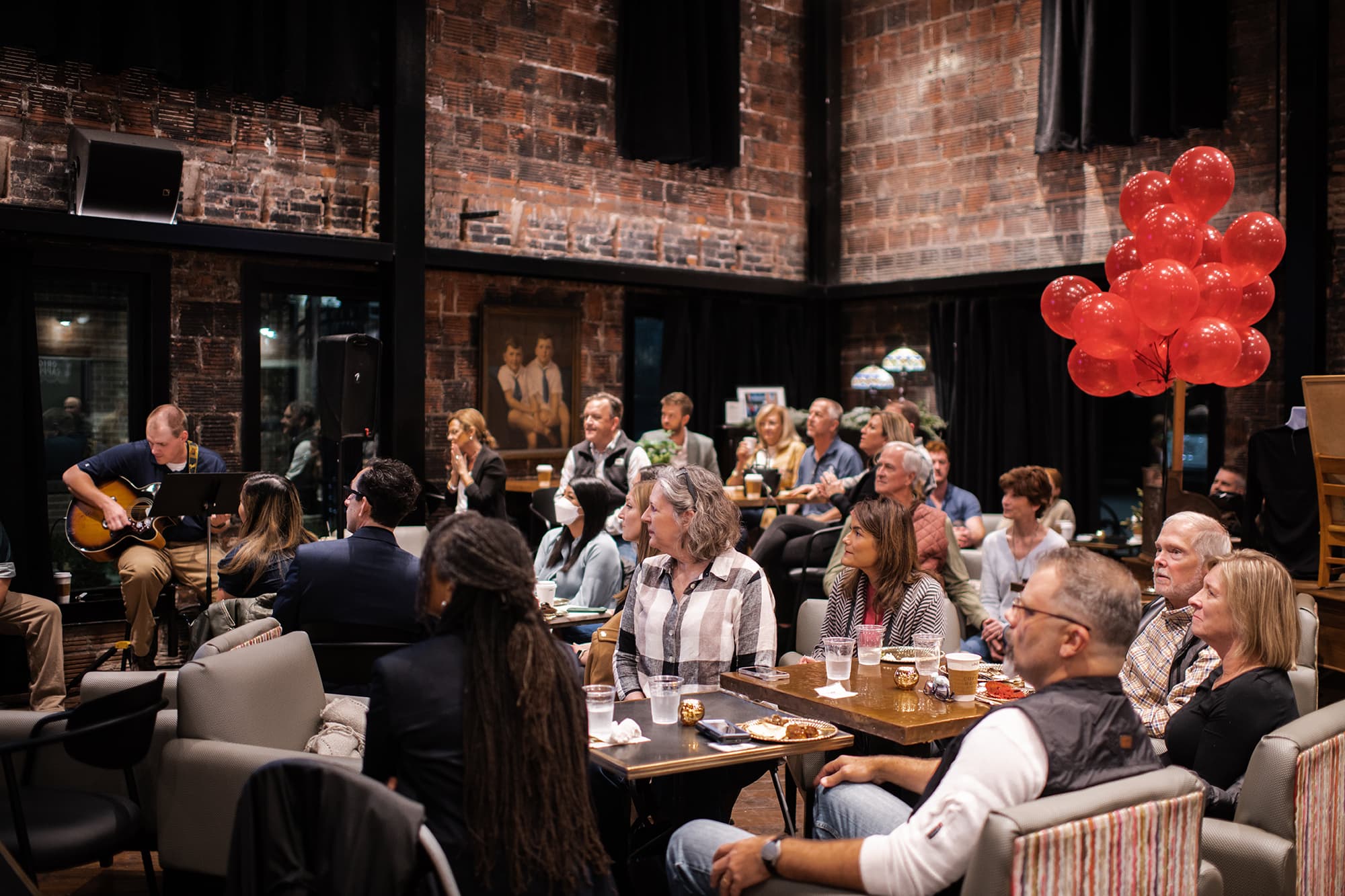
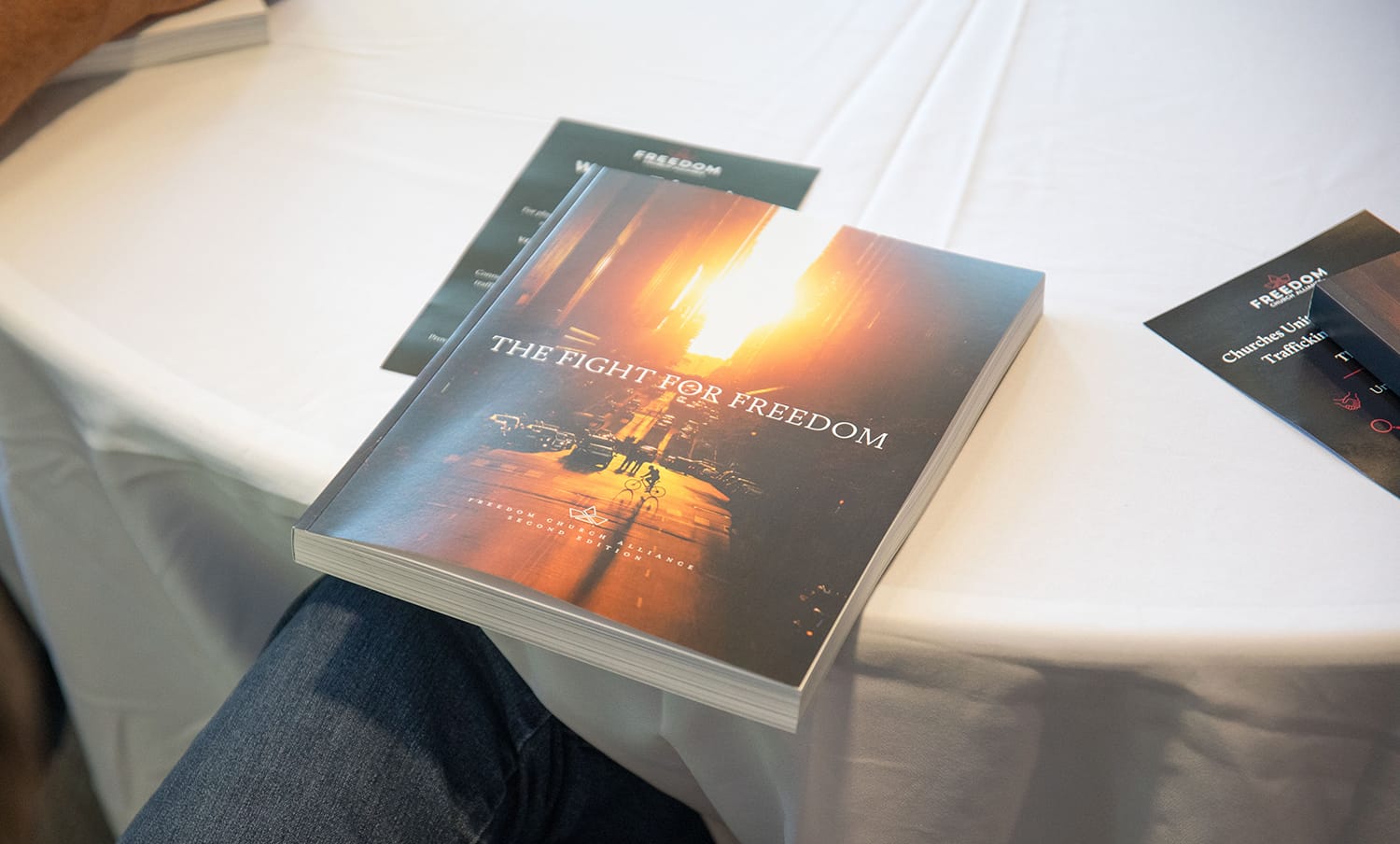
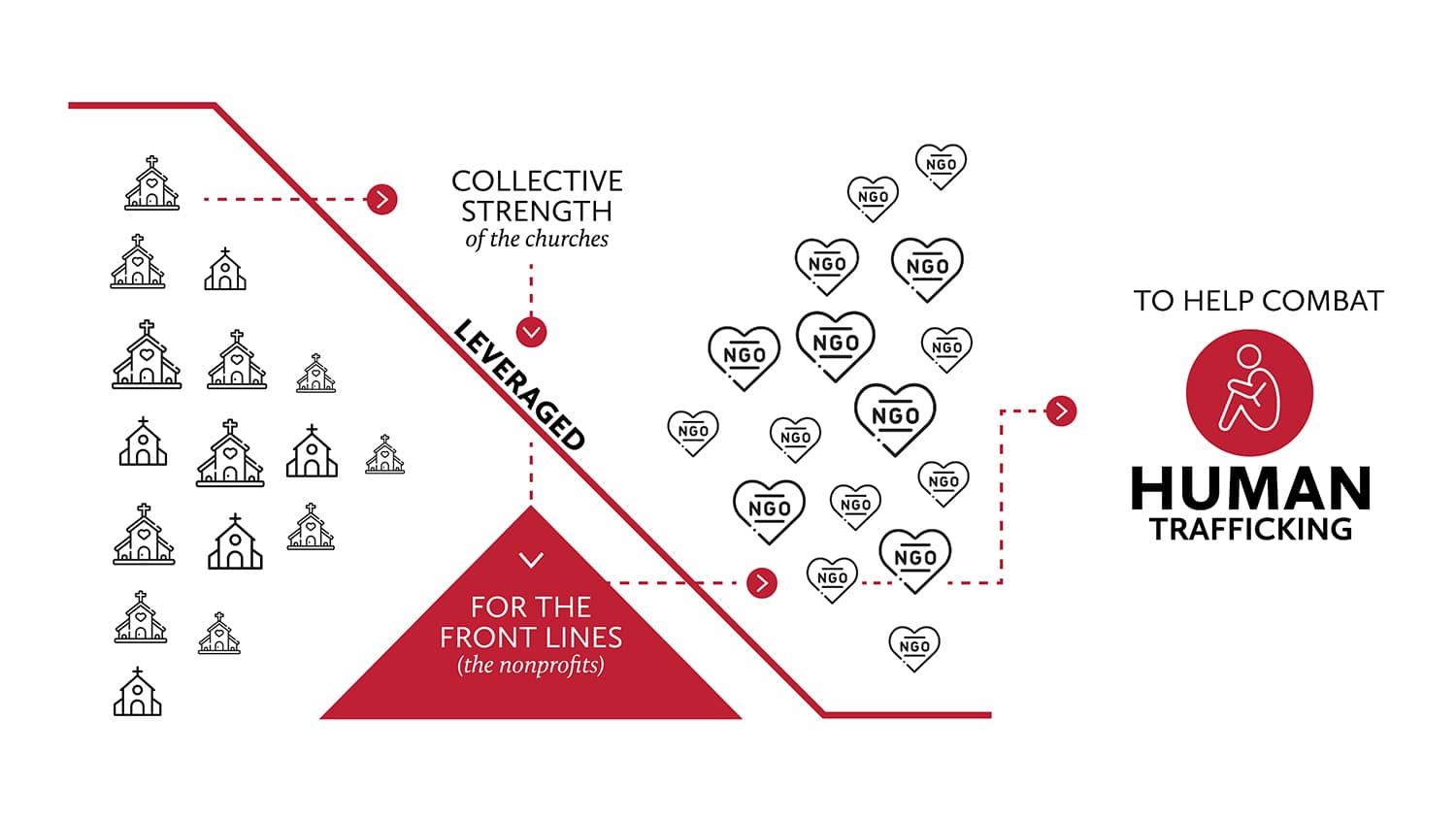
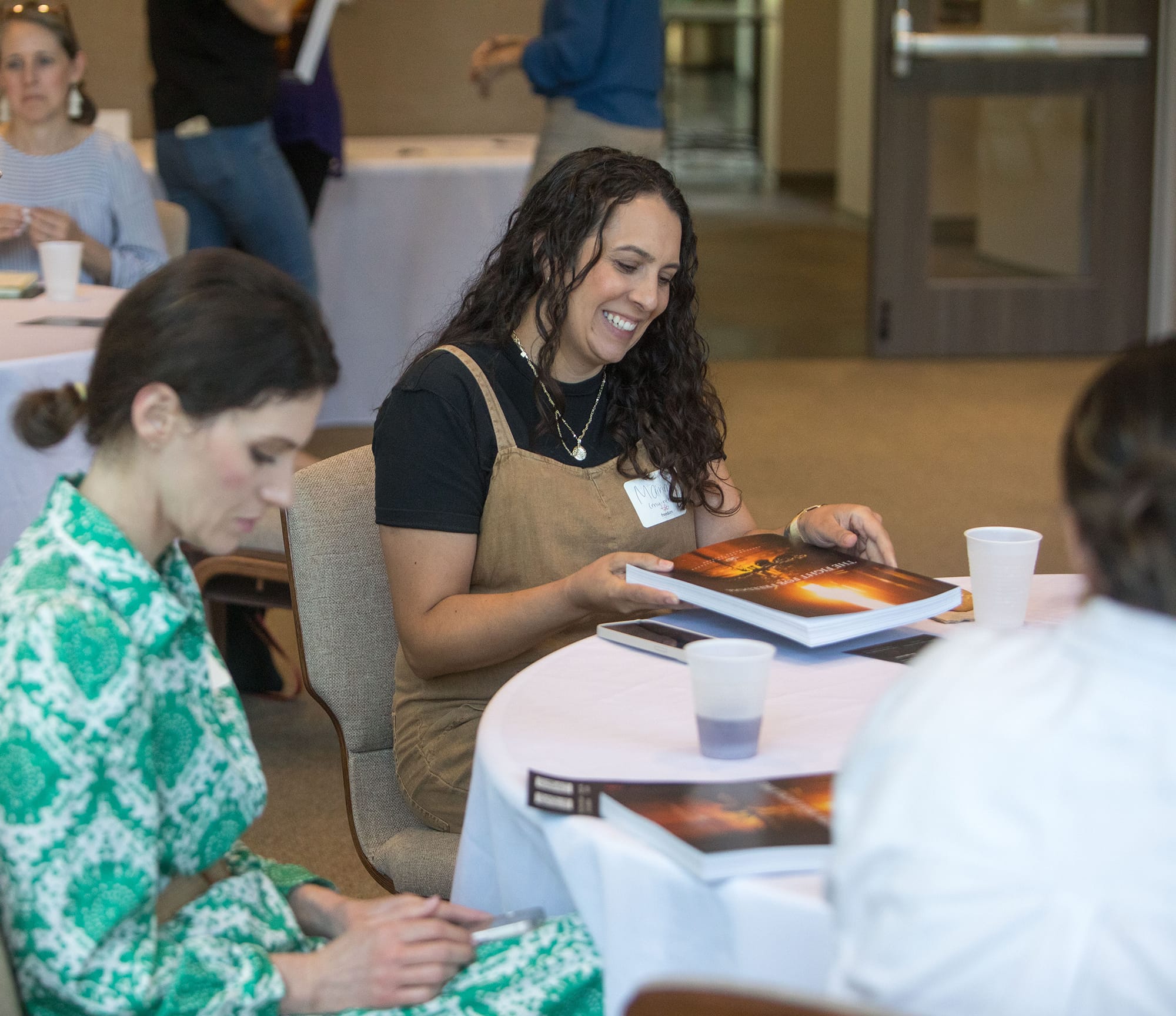
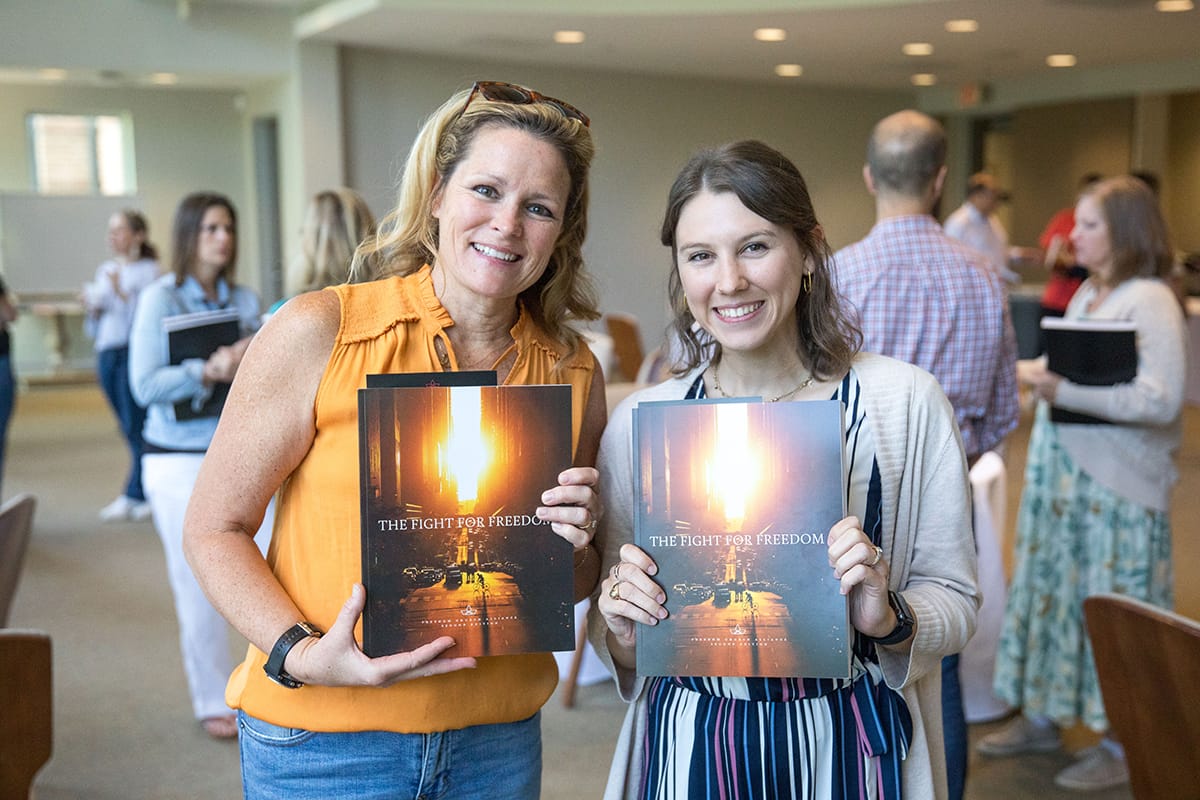
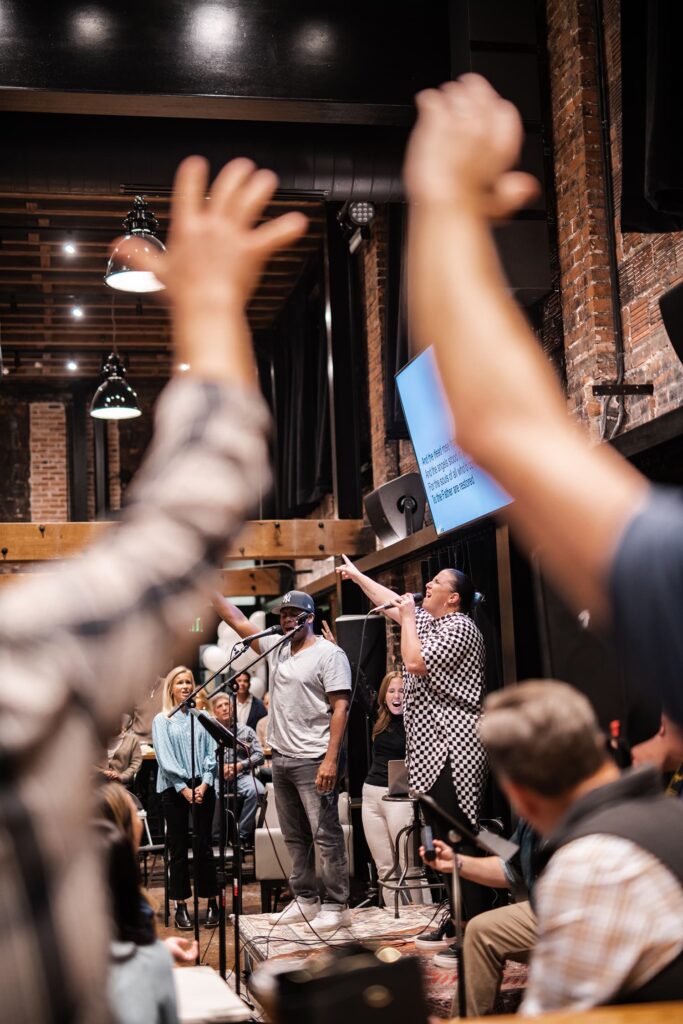
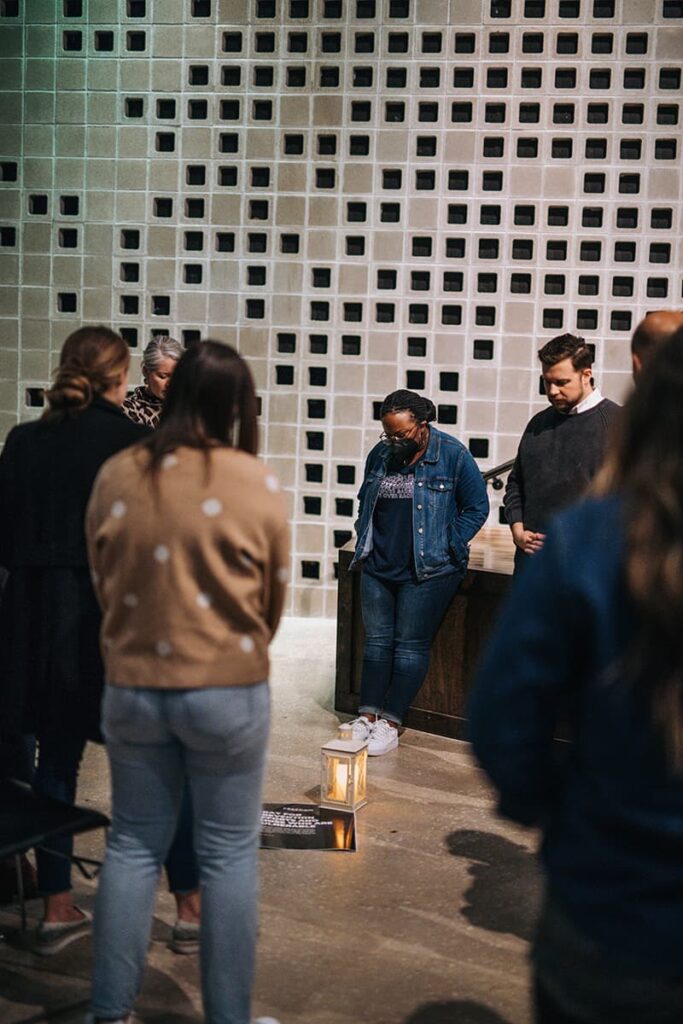
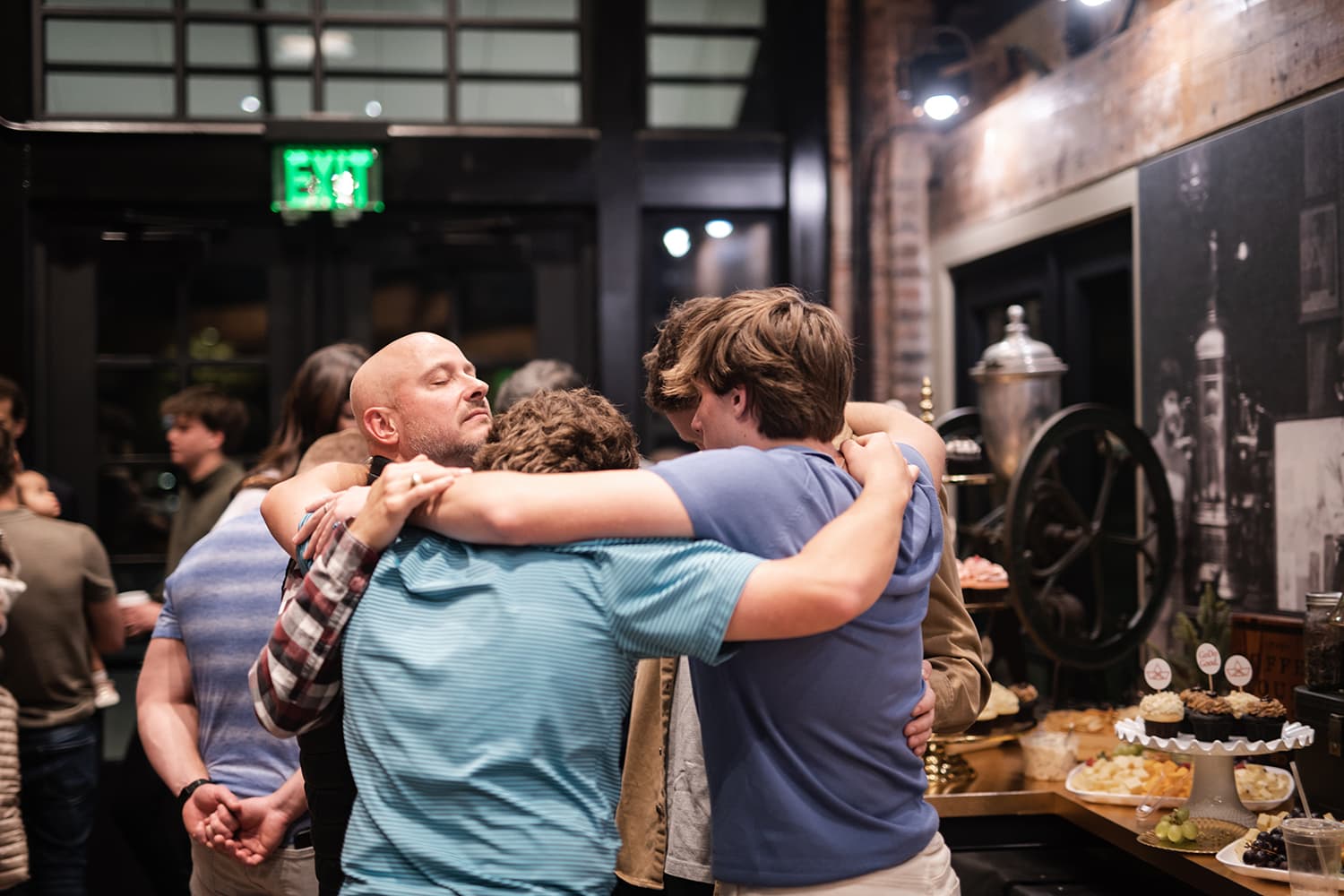
In a simplified way, it is using a person through force, fraud, or coercion for commercial sex or labor. According to the U.S. Department of Justice, The Trafficking Victims Protection Act of 2000 defines human trafficking as the “recruitment, harboring, transportation, provision, or obtaining of a person for labor or services, through the use of force, fraud, or coercion for the purpose of subjection to involuntary servitude, peonage, debt bondage, or slavery.” However, if a person younger than 18 is used to perform a commercial sex act, then the elements of force, fraud, or coercion do not need to be proven.
The National Human Trafficking Hotline ( 1-888-373-7888) is the number that anyone in the United States can call or text if 1) they might be a victim of human trafficking and need help, 2) they suspect a trafficking situation and want to report it, or 3) they need resources about human trafficking. The National Human Trafficking Resource Center keeps a state-by-state guide where individuals can find anti-trafficking organizations working in their areas. The Rescue America hotline helps victims of human trafficking and sexual exploitation quickly get out of their situation to a safe place.
National Human Trafficking Hotline - Call 1-888-373-7888 ( TTY: 711)|*Text HELP to BeFree (233733) |Live Chat
Rescue America – Call - 713-322-8000
In situations where you suspect trafficking, we recommend calling these numbers; however, you can also call local organizations and law enforcement who may be more familiar with local protocols and systems in place to help more quickly.
Recognizing red flags and signs of human trafficking is the first step in identifying potential victims and connecting them to the help they need.
Here are just a few indicators that sex or labor trafficking may be occurring:
This list is not exhaustive. Learn more about recognizing the signs at the Trafficking Resource Center.
The Fight for Freedom takes individuals and groups on a journey to truly understand the complexities of human trafficking and then how people can use their individual skillsets to get involved. From people who have just started learning about human trafficking all the way to those who are already in the fight, this experience has something for everyone to learn and reflect on. The book includes videos from experts and survivors who have spent years fighting for justice and restoration for survivors of human trafficking, online tools such as the State by State Guide, and a Leader’s Guide for anyone who wants to lead others through this content in community.
On our resources page, you can find books, podcasts, videos, and articles that can further your education on human trafficking. In these resources, you’ll also read firsthand stories from survivors of human trafficking. Each story is unique to the individual and we encourage you to read it from a place of empathy and openness. These resources will grow your understanding of human trafficking and how you can join the cause.
Going through The Fight for Freedom, you will learn about the various ways you can impact the anti-trafficking field through volunteerism locally, nationally, and even globally. By visiting our Anti-Trafficking partners page, you will find a list of our Trusted Partners as well as State by State Guide and a National & Global Guide to help you identify local organizations in your area who are already in the fight.
Throughout The Fight for Freedom, we refer to many anti-trafficking organizations who have been in the fight for years. At this time, we can only say that we have vetted our current Trusted Partners listed on our website. However, there are plenty of organizations doing great work around the U.S. and globally. We recommend that you start by using our State by State Guide and the National & Global guide to find somewhere local to begin. Past that, we encourage you to do some research to find an organization that serves in an area that you wish to contribute in – whether that’s serving women, men, girls, or boys – or focusing on demand, prevention, intervention, aftercare, restoration, or justice.
The U.S. Department of State has a Trafficking in Persons Office through the Justice Department. They oversee the U.S. efforts in combating trafficking. Each year they release the Trafficking in Persons (TIP) Report, which shares how each country in the world is fighting trafficking and helping survivors heal. There is federal funding flowing from this office to support anti-trafficking efforts around the United States. The White House also established the U.S. Advisory Council on Human Trafficking, made up of survivors who share their experiences and expertise in guiding legislation and making recommendations on where the U.S. should focus its anti-trafficking efforts. Each state and city has its own methods in helping anti-trafficking efforts. For example, in Texas, The Office of the Governor has a Child Sex Trafficking Team that is dedicated to improving support and multidisciplinary teams surrounding children who have been victims of sex trafficking. Houston has a specific team, the Mayor's Office of Human Trafficking and Domestic Violence, focused on seeing a reduction in trafficking and domestic violence in Houston.
Human trafficking has been found in all 50 states, as you can see from the examples of news reports in this map. Since it is such an underground criminal enterprise, it is not possible to say that one state has more human trafficking than any other. However, the National Human Trafficking Hotline reports that California, Texas, and Florida consistently have the highest number of human trafficking cases reported to them.
We originally included The Fight for Freedom book as part of our GoBox toolkit at the Freedom Church Alliance. However, we realized the book could be just as effective on its own. By offering it separately, we've reduced shipping costs. This change allows us to direct more proceeds towards frontline anti-trafficking work while keeping the book's cost minimal. The standalone format enables us to reach more people with our educational materials, increasing the impact of our anti-trafficking efforts. Essentially, this shift represents our strategic move to maximize the book's reach and effectiveness while streamlining costs and distribution.